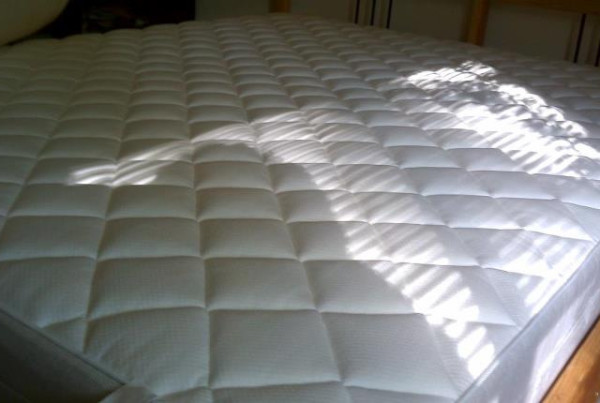This story originally aired on KERA News.
Sixteen years ago a transgender woman came to Dr. Jeffrey Spiegel and asked for help. She wanted to look more feminine.
“I went to the medical literature and looked up what procedures exist to do this,” he says, “and there was nothing.”
Spiegel improvised and the woman liked it.
“I was happy that she was happy and I thought that was the end,” Spiegel says. “But then she told someone and she told someone and she told someone, and pretty soon it became a very busy part of my practice.”
In a one-week period in September, Spiegel operated on people from four states and three countries. Their pilgrimage to his Boston office is noteworthy because what they’re seeking – some piece of femininity – is a bit elusive. Spiegel says what makes a face feminine and beautiful is easy to generalize, but hard to pin down.
“It ends up being very deep,” he says. “It ends up being the bones. We hear ‘Beauty is only skin deep,’ it’s not. It has to do a lot with the bones.”
“The skin is almost like clothing,” he says. “If a woman puts on a man’s shirt it still looks like a woman, similarly if a man puts on women’s clothing – it looks like a man in woman’s clothing. The skin, if it sits on the right way on the facial structures, we start to get the right cues.”
Almost a decade ago, Renee Baker flew from Dallas to Boston to have Spiegel – as she puts it – take the masculine edge off her face. Baker, a licensed counselor who primarily works with gender and sexuality issues used savings from her former job as an engineer and pulled together $18,000 for the operation.
“I guess my cheeks are just fuller, my face is rounder, the distance between my eyebrows and my hairline is about a half inch shorter cause they raise your brows,” Baker says. “My eyes are a lot more open and visible. I kind of like that part.”
Her bright blue eyes are the same, but everything else seems softer. Spiegel says there is no formula to sculpt a “feminine” nose or eye. You can’t just focus on one feature, you have to take into account the entire face.
This is a technique the best artists and architects use. For example, the columns on the Parthenon in Greece aren’t actually perpendicular. But they appear to be because of optical illusions.
Plastic surgeons are also creating illusions with light to make faces appear more feminine.
“One of the key differences between men’s and women’s faces, and less attractive and more attractive faces, is how light reflects off the face,” Spiegel says.
Our brains, he says, are processing shadows and reflections and that’s what we’re using to gauge femininity and attractiveness. He says women’s faces have a lot of light that bounces off the eyes and the mouth.
“Women have larger cheekbones, which acts like a solar reflector,” he says. “It bounces light into the eyes. They have small brows, which means there’s no visor shading the eyes. And an important one – is women have shorter upper lips, the upper part of the lip is longer in a man, therefore you get less light bouncing off your teeth.”
Spiegel says more surgeons are learning the tricks used in facial feminization surgery.
Not everyone can afford this type of surgery and Renee Baker says, not every transgender woman wants it.
“The majority of my clients just want to have their hormones adjusted. It’s about getting the hormones right and getting their gender expression to line up with who they feel like their gender identities are,” she says.
For her, facial feminization was part of a larger journey. One that involved soul searching, hormones and a scalpel.















